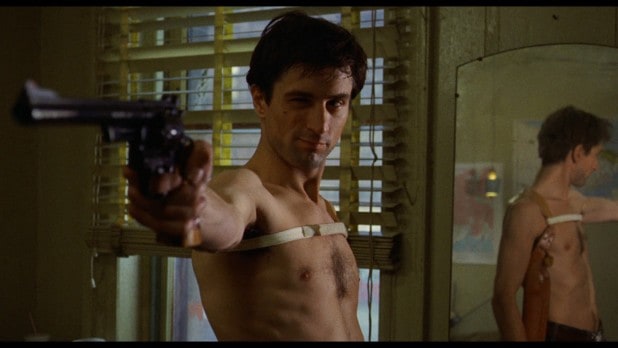
Frankenstein’s Army
Netherlands, 2013
Written by Chris W. Mitchell and Miguel Tejada-Flores
Directed by Richard Raaphorst
I don’t like to insert myself into these reviews, but at this point it’s important that you know something about me: I have a strong stomach, movie-wise. I didn’t even flinch the first time I saw the birthing scene in Alien. I chuckled my way through the original Evil Dead films and laughed at the cannibalistic climax of Ridley Scott’s Hannibal. I say this not to brag, but to lend some weight to the following statement: Richard Raaphorst’s film Frankenstein’s Army is by far the most disgusting film I’ve ever seen.
This is a found-footage horror film, where a filmmaker has been embedded with a Russian Army unit near the end of World War II (Was hand-held camera technology actually this advanced in 1945? Better not to ask such questions). At first the soldiers are finding skeletons which appear to be half man and half machine, and before long the Nazis’ newest undead weapon has been unleashed upon them.

Frankenstein’s Army just isn’t very efficient as visual storytelling. This story would probably be more frightening if it wasn’t found footage, but was instead shot like a straightforward action/horror film such as Aliens. The found footage allows for a number of lazy, artificial tricks to be employed, such as the “cameraman turns around and a monster is suddenly there!” gimmick, which shouldn’t work since these monsters are lumbering metal beasts that couldn’t sneak up on a coma patient.
The film also suffers from a lack of sympathetic characters. There’s an obligatory moment where one of the soldiers shows a picture of the love of his life, but nothing about that moment is worth remembering even five minutes afterward. In fact the filmmakers don’t seem to want the protagonists to be rooted for – early on the soldiers are seen pillaging a village, with the robbing of its livestock and the rape of its women implied. This is a poor decision: just because the enemies are steampunk cyborgs stitched together from dead corpses does not mean that audiences will automatically care about the heroes.
However, none of that is the selling point for this film. The selling point is gore so extreme that it’s nearly absurd; one has to laugh to keep from vomiting. Raaphorst starts off the slaughter with a man graphically disemboweled by one of the beasts, and seems to find each new monster attack an opportunity to one-up himself in terms of splatter. The issue isn’t even violence – the budget here isn’t big enough to stage a large amount of squibs and/or CGI blood spray – as much as the after-effects of that violence: bodies horribly mangled and yet somehow still alive. The conclusion, in which the intrepid cameraman finds his way into the very heart of the experiments, involves body horror so revolting that one should not expect to eat for the remainder of the day. The only real horror delivered by this picture is the anticipation of seeing something so vile that it may cause your last meal to come up.
Using the name Frankenstein allows the film to aspire to greater messages about mad science. The idea that the communists are really not much better than the Nazis is returned to again and again, since both would tamper with these unspeakable sciences if they could. However, the original intentions of the Frankenstein story – a scientist driven to create life, only to find that life impossible to control – are not present here. This mad scientist and these monsters seem birthed from a hacky 1950s B-picture more than Shelley’s text, then shrouded in a level of gore more extreme than any film made in my lifetime.
-Mark Young





